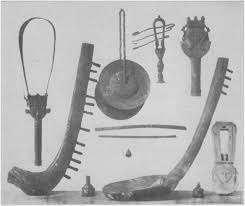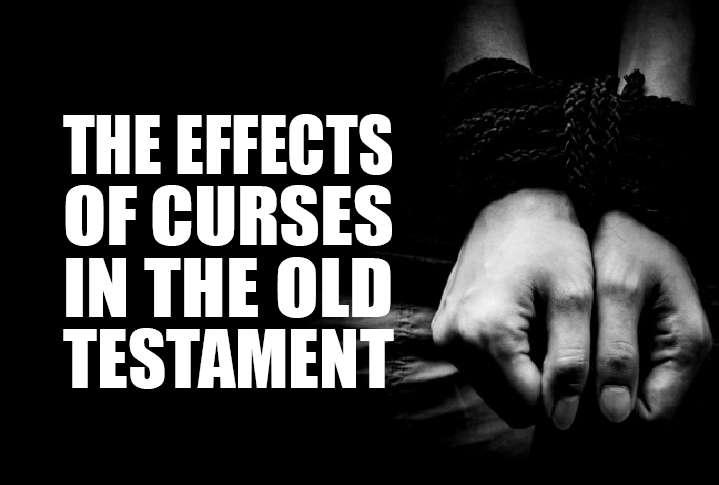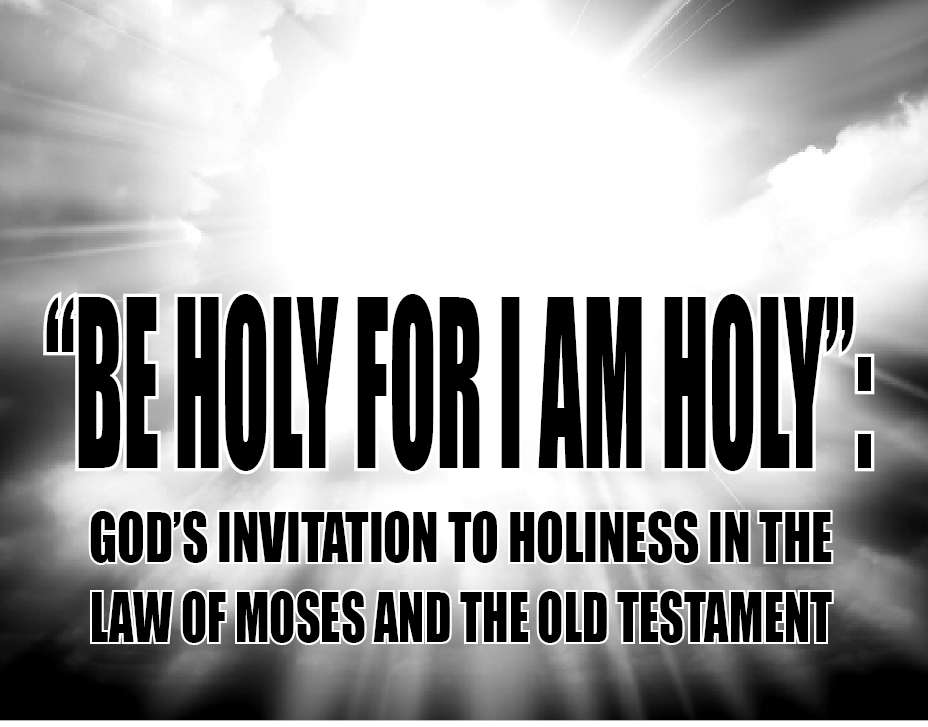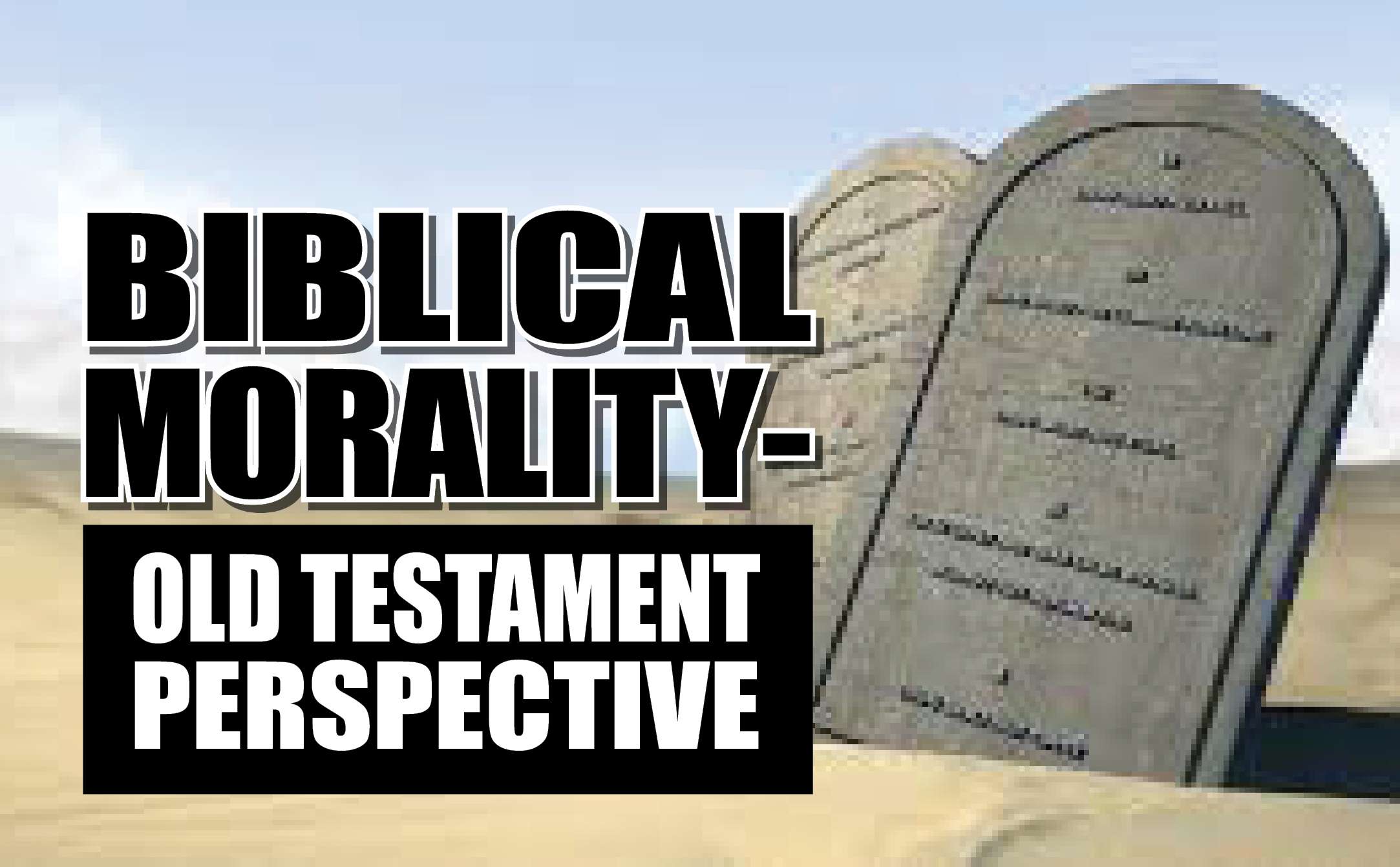

Healing Models in the Old Testament (Medical-Natural Vs. Faith-Miracle Healing)
Pr. Jison Saju Joseph
Since human beings were created with limitations, illnesses are part of their existence. The power of death extends into this existence. Therefore healing process is an activity of the Creator. The process that leads to healing can be compared with the process of growth. It is a process of recovery which cannot be replaced by medical skill but only promoted, encouraged and supported. Ultimately, the Creator Himself is the healer.
The Old Testament recorded only a few cases of healing, although it gives accounts of several miracles. One undeniable fact that emerges through a study of the healings in the Old Testament is that healing is generally attributed to the intervention of God. The healing of Naaman’s leprosy (2 Kings 5:8-14), Jeroboam’s paralyzed hand (1 Kings 12:4-6), Israelites deliverance from plagues in Egypt (Exo.2:7) and the healing properties of the bronze serpent were miraculous (Num.21:6-9). Healing is equated with forgiveness and a right relationship with God (2 Chron. 7:12-14, Hosea 6:1). The messianic text of Isaiah 53:3 seems to focus more on the spiritual healing from the sickness of sin than physical restoration.
Healing Models in the Old Testament
Healing of Abhimelech (Gen. 20:1-18): Abimelech was a king at Gerar and as Abraham was shepherding as a wanderer, he settled for sometime at Gerar.Abraham claimed that Sarah was his sister when the king inquired of his relationship to Sarah. Abraham had done the same in Egypt. As a result, Abimelech wanted to have Sarah as his wife and therefore brought her into his royal house. Abimelech took ill and he was at a point of death when God warned him in a dream for taking a married woman as wife. When he knew the fact, he released Sarah the following day and asked Abraham to pray for his healing. Abraham’s prayer healed Abimelech and he was cured from that sickness and possible death.
Healing of Miriam (Num. 12:1-5): Miriam and Aaron were the siblings of Moses and they criticized Moses for marrying a Cushite woman. Miriam was punished and Aaron was left untouched. The Bible records that the Lord summoned the three of them to the Tabernacle where he disclosed Moses’ superiority to Miriam and Aaron. Even though she was cleansed, she suffered the shame outside the camp of seven days.
Healing of Namaan (2 Kings 5): Namaan, a commander of the king of Syria comes with the recommendation from his King and goes to the King of Israel, and the King becomes afraid and thinks this is provocation. His fear is expressed in the words, “Am I God to kill and to make alive?”, which reflects the basic understanding of healing in Israel. It is God who can heal such an illness and the King says “I am not God and I am not able to do that.” After the Syrian commander has followed Elisha’s instruction to dip himself seven times in the river Jordan and has been healed, he comes back to Elisha.
Healing of Hezekiah (2 Kings 20:1-11, 2 Chron 32:24-32; Isa.38:1-12): Hezekiah, the son of Ahaz and Abijahwas the best king of Judah after David. He was afflicted by sickness during or shortly after the invasion of Judah. He was sick to the point of death. This serious sickness is identified as boil (2 Kings 20:7; Isa. 38:21). God sent prophet Isaiah to inform Hezekiah that he would die and he was instructed to prepare for his death by setting his house in order. He responded positively to this bad news. He prayed earnestly Yahweh. The Lord heard Hezekiah’s prayer. Isaiah told the king to prepare a cake from fig fruits and apply it on the swelling. He did this and was healed.
Healing of Job: In Job chapers 1 and 2, there are indications that the sickness was caused by Satan which was caused by Satan which shows that the innocent may suffer calamities. The activity of Satan here confirms the common belief in the Ancient West Asia that some illnesses are caused by spiritual forces or demons. Job was healed by God after he had proved innocent and God’s confirmation of that innocence. After Job had listened to God’s series of questions and why Job could not question God’s administrators on the earth, the former realized his finitude.
Medicines Mentioned in the Old Testament in Relation to Healing
In the Old Testament times, certain substances were used in a general therapeutic sense and can be classified in terms of the use of herbs of curative substances. Examples of such substance include incense which consists of a mixture of aromatic substance (Exo. 30:34--36). The famous balm of Gilead was exported from Gilead to Egypt and Phoenicia (Gen.37:25; Ezek.27:17). It is an aromatic resinknown for its medicinal properties. It works as an anti-septic, counter-irritant and general medicine. A number of herbs were employed by the Hebrews as tonics, skin cure aids etc. According to R.K. Harrison, herbs played an important role in the Hebrew diet. In the category of bitter herbs (Exo.12:8) include lettuce, endive etc. All these herbs are widely used in Palestine.
Medical practices, even though simple, were employed in effecting cure in the Old Testament. The practice of cleansing, binding of wounds and those of soothing oil (Isaiah 1:6) was popular. Isaiah receives the message from the Lord that a poultice was to be applied to the boils on Hezekiah so that he may recover (Isa 38:21). Olive oil was also administered both internally and externally. It is sometimes mixed with wine to produce antiseptic qualities. The poultice of fig was prescribed by Isaiah for the healing of King Hezekiah. This prescription was common for boils and ulcers in the ancient world to promote healing. It was specifically noted that figs were used for toothache in Mesopotamia and the same thing was used in Egypt for constipation. The healing of Hezekiah is an example of healing which occurs because of combining prayer, medicine and God’s work.
The process of healing has now become completely secularized. The modern science of healing, i.e. medicine, lost any connection with a personal relationship with God. Medicine was first developed aming the ancient Egyptians in the third millennium BC, but it was the Greeks who first established the art of healing on an empirical and rational foundation. It was common to employ a mixture of medicine and magic in the treatment of illnesses but the medicinal approach to healing was checked by the new growth of religion and also superstition in the intertestamental period. The book of Leviticus, Numbers and Deuteronomy contain several health laws in form of food laws ritual washings, examination by priests for the confirmation of suspected contagious diseases. The laws were primarily meant for the promotion of public health.
Medical-Natural vs. Faith-Miracle Healings
In all the healing models of the Old Testament discussed above, we discover an outstanding common characteristic. In all those stories, healing form illness is experienced as meeting with God. Recovery is understood as an event related to God. This is very different from what we would say or think in such situations. We say “That person has recovered from his illness. Now he should thank God for it.” However, in the Old Testament, the whole process of healing includes God. The experience of healing is an experience of the healing activity of God. Different people may go through the same process of healing and experience the healing in a completely different way. The response to the experience of recovery is shown in words and action. The healed person has to express himself to someone and he wants to do something. King Hezekiah who was healed had a Psalm put into his mouth, which goes beyond the moment of experiencing recovery into the life of the restored person. The Syrian commander takes with him a burden of earth from the place where he was healed, so that in worship he would have something to connect him with that place of recovery. In both instances, we see a transition from the single experience into the continuing life of the person who has become well. In both it means that the experience of being healed enters into the new healthy existence and in this process both Namaan and Hezekiah take the healer seriously.
In the process of healing, the relationship with God develops not through the recognition of the cause of the healing, but through the response which the healed person gives to the healer. He acknowledges healing as an action of God in his life. The Old Testament sees the wholeness of human beings as normal, as the will and intention of the Creator for his creatures; therefore the person to whom healing is not granted naturally rebels. The wish of the sick for recovery is taken so seriously that it is recognized that the sick person who complains to God will turn bitter if God doesn’t give a positive reply. Accusing God is found as part of the complaint of the person who brings his sufferings to God. This attitude is seen in its most marvelous expression in the Book of Job where Job, afflicted by severe illness cannot agree with his friends that it was a right punishment on him.
While the cure of the illness is left to the divine physician, the prevention of disease is very much present in the scripture. Leviticus 11-15 provides a summary of the purity code relating to diet and cleanliness. In addition, Sabbath is declared as a day of physical rest for humans and domestic animals (Ex. 23:12; 31:13-17), clear boundaries of marriage and sexual behavior are carefully prescribed (Lev. 18:6-18), and sanitation measures were instituted to control airborne plagues (Deut. 23:12-13). Because sickness was very much a spiritual matter too, healing could be only expected to follow a renewal of the relationship between the ill individual and God. Apart from the few folk remedies mentioned in the Old Testament, there is no outline of medical treatment as such.
Nevertheless, while medical arts are by and large missing from the Old Testament, there is still much said about the restoration of health through the intercession of specific people. While the priest enforced a code of purity intended to prevent disease and prolong life for the community, the prophet could be called upon to intercede on behalf of the individual. He could prophecy the course of an illness, as did Nathan with David’s infant son (2 Sam 12). He could also bring about a cure for the individual by invoking his special relationship with God. Elisha was able to bring back to life of the son of the Shunamite woman, and, not only did he do the cleansing of Namaan, he also transferred Namaan’s leprosy to Gehazi, his greedy servant (2 Kings 4-5).
Conclusion
In the Old Testament, healing from illness is an essential part of human existence. It is experienced quite naturally as God’s deed. The difference between natural healing and healing through miraculous intervention of God is only relative, because in both cases God is the one who heals. It is misunderstanding to think that healing from illness can have theological significance only when it is miraculous, or that only miracle healings bring one into contact with God. In the Bible, God’s healing is active in every recovery. Healing belongs to God. It comes voluntarily from Yahweh according to his will or through prayer as exhibited in the accounts of King Hezekiah’s illness and recovery in 2 Kings 20. In Psalms 103:3, David praises the Lord “who forgives all your iniquities and heals all your diseases.”It can therefore be concluded that in the Old Testament period, medications were given less priority, because it was the belief of the Israelites that Yahweh controlled every part of life and has ordained both sickness and health.










